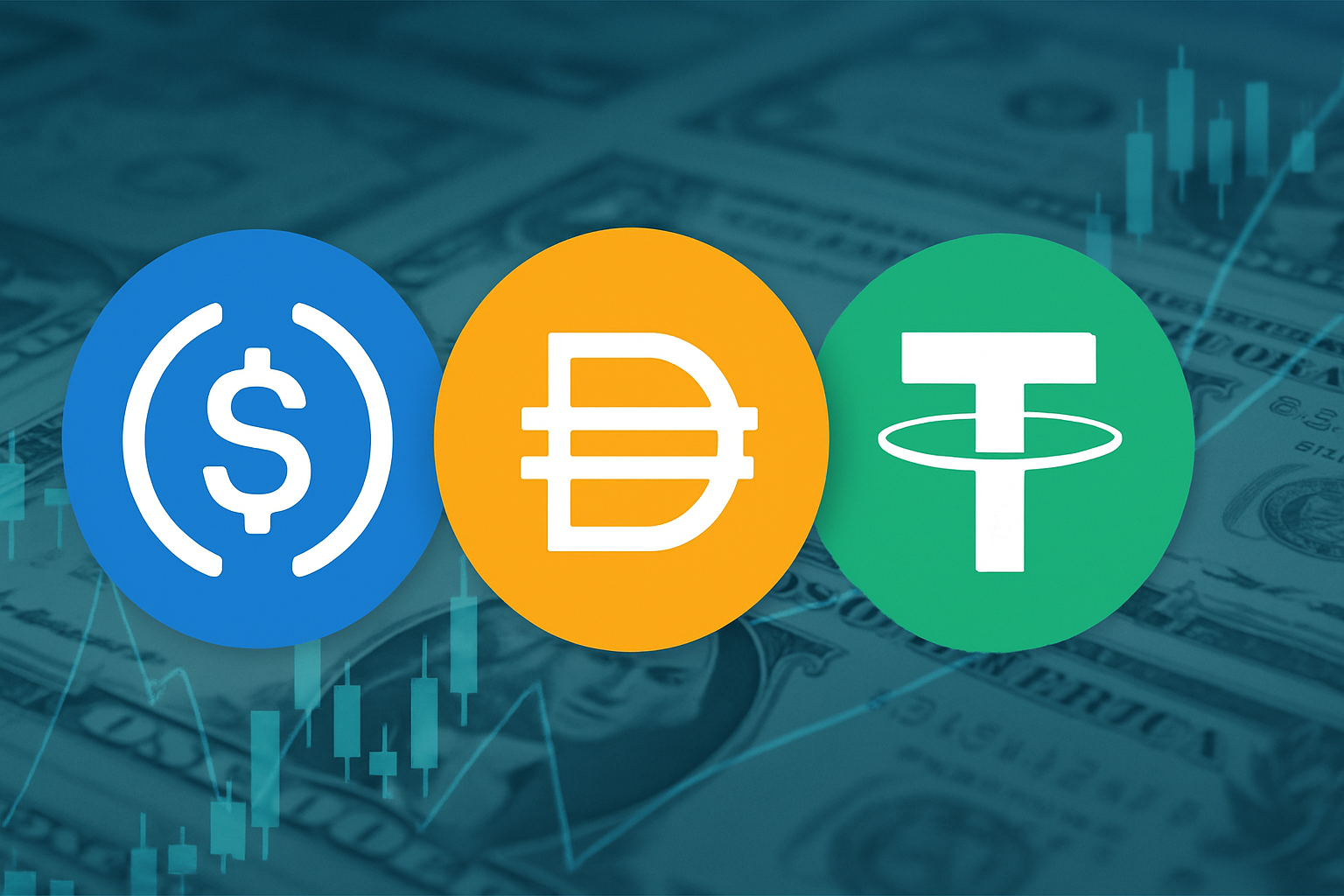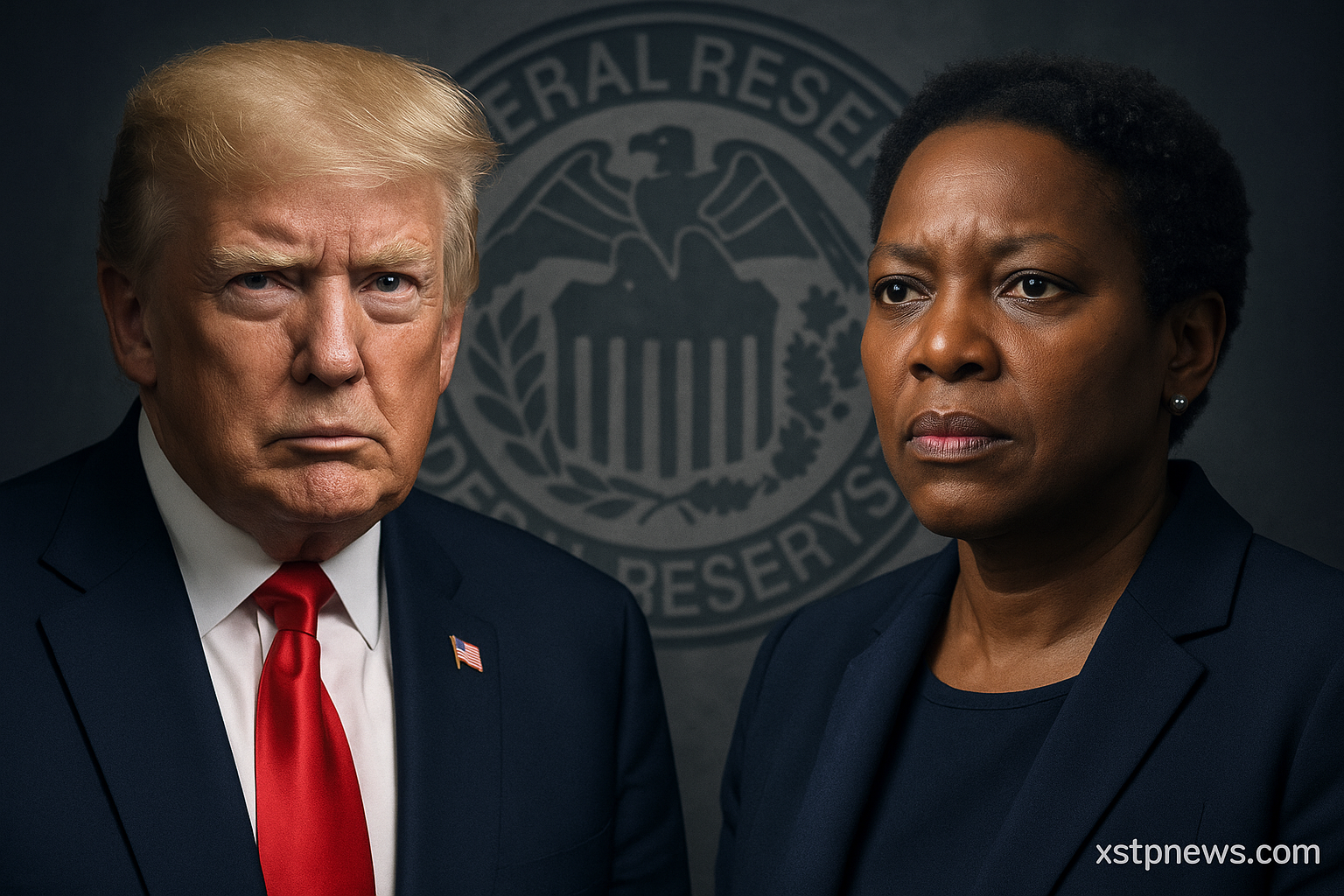The U.S. Senate has passed the GENIUS Act, a landmark stablecoin regulation bill that could reshape the global demand for U.S. dollars. According to David Sacks, an advisor to the White House on crypto and AI, this legislation could ignite a multi-trillion-dollar surge in demand for U.S. Treasuries and dollars, driven by institutional adoption of regulated stablecoins.
Stablecoin Regulation and the Dollar’s Global Reach
Sacks argues that formalizing the rules for stablecoins requiring full backing by U.S. dollars or short-term Treasuries will turn them into digital instruments of dollar expansion. With over $200 billion in stablecoins already circulating without consistent oversight, regulation could unlock massive liquidity from global markets.
He emphasized that legal clarity would allow stablecoins to act as rails for cross-border settlement and reserves, further reinforcing the dollar’s position as the world’s reserve currency. In his view, this digital expansion of the dollar would materialize “practically overnight” once trusted regulation is in place.
GENIUS Act: Regulatory Milestones
The bill requires:
- Stablecoins to maintain a 1:1 reserve ratio with USD or Treasuries
- Monthly audits and transparency from issuers
- Anti-money laundering compliance and federal oversight
These conditions are designed to avoid the instability of unregulated tokens while encouraging growth through regulatory certainty.
Market Impact and Policy Goals
U.S. Treasury Secretary Scott Bessent projected that a well-regulated stablecoin market could reach $3.7 trillion by 2030. This would not only create a deeper buyer base for Treasuries but could also help the government reduce borrowing costs, especially as deficit pressures grow.
The GENIUS Act also aims to position the U.S. ahead of competitors like China, whose e-CNY seeks international use. In this digital currency race, Washington sees compliant, dollar-backed stablecoins as a geopolitical and financial advantage.
Risks and Political Pushback
Some critics warn of potential fragmentation reminiscent of 19th-century free banking, where multiple private currencies led to instability. There are also ongoing discussions about ethical boundaries especially regarding potential conflicts of interest in political connections to stablecoin ventures.
Nonetheless, the act includes provisions preventing members of Congress from issuing or profiting from stablecoins, though it currently exempts the executive branch.
Conclusion: The Digital Dollar Era Accelerates
The GENIUS Act is more than a crypto regulation bill. It signals a pivot toward formalizing a digital infrastructure for dollar dominance. If implemented with precision, regulated stablecoins could become a bridge between the decentralized future and the centralized trust of U.S. monetary power.
Investors and policymakers alike are watching the next steps as the bill moves toward presidential approval. The stage is set for a new chapter in digital finance one where blockchain and the U.S. dollar are no longer at odds, but deeply intertwined.







